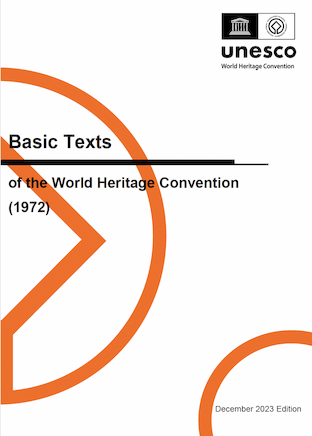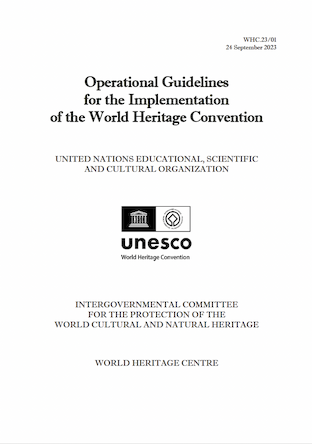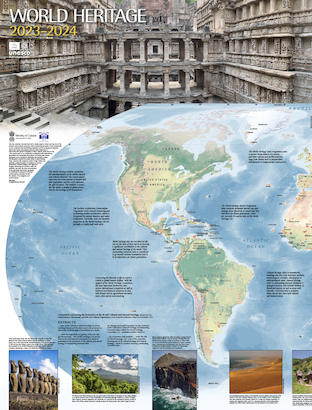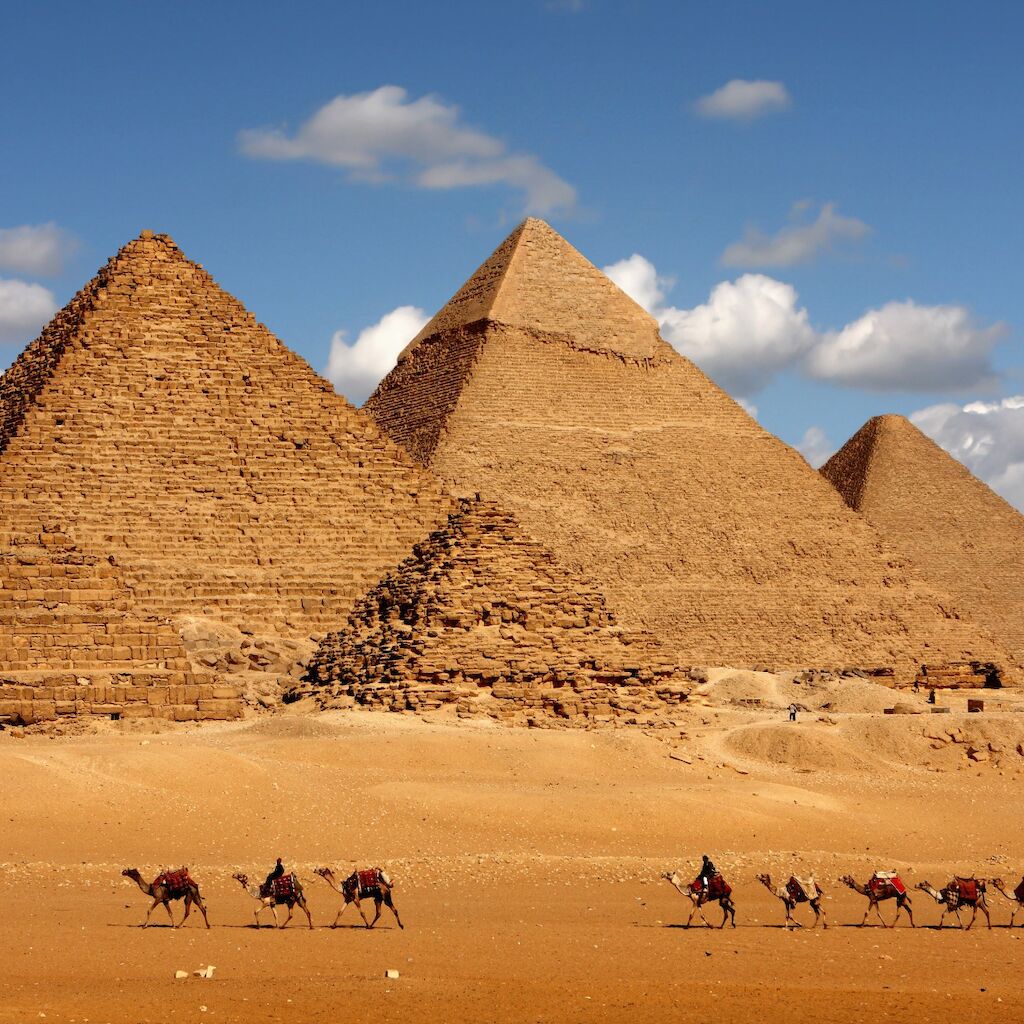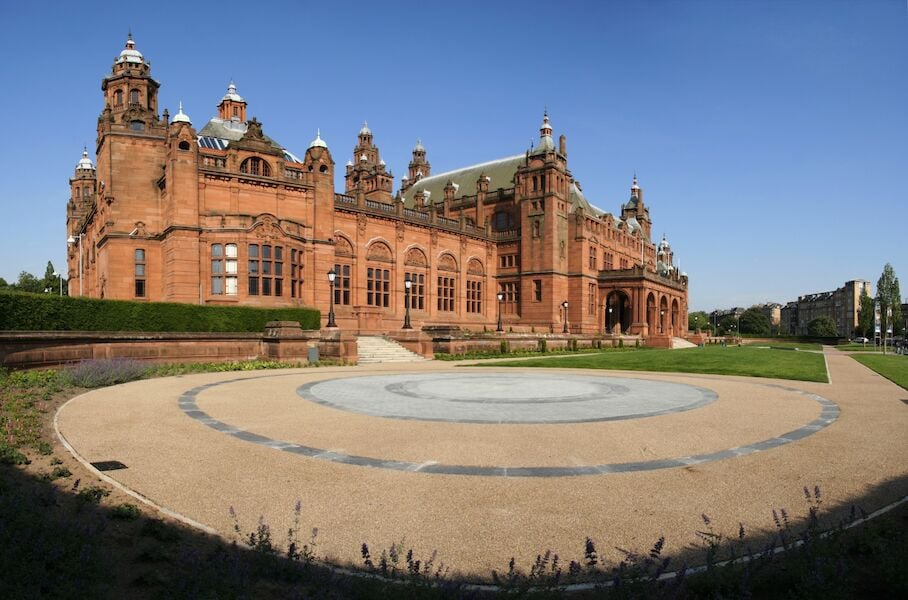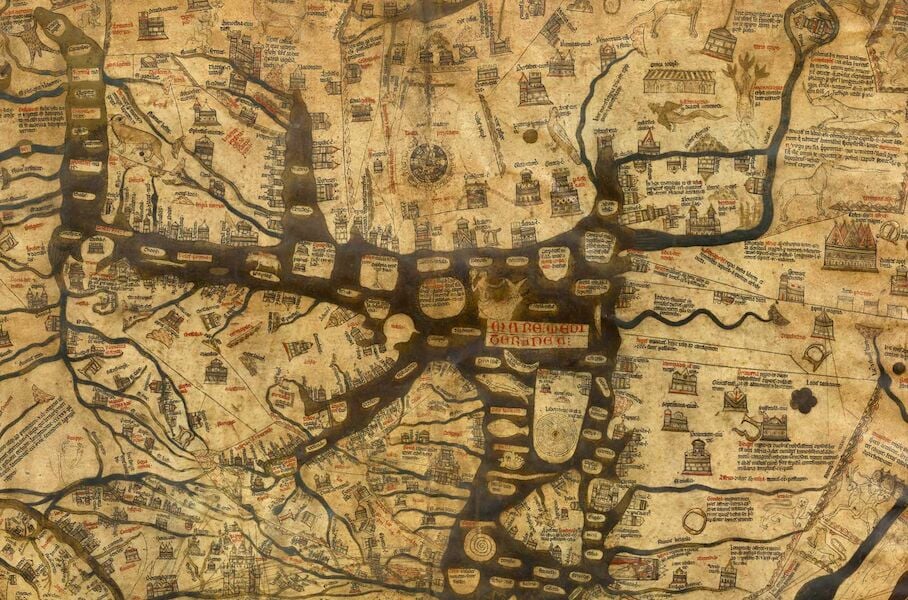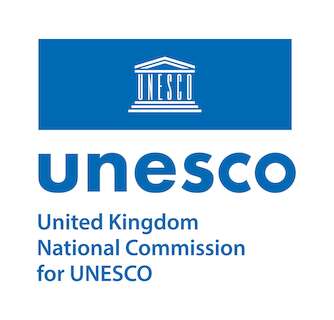Adopted in 1972, the ‘Convention concerning the Protection of the World Cultural and Natural Heritage’ (World Heritage Convention) defines the kind of natural or cultural (or mixed) sites which can be considered for inscription on the World Heritage List.
UNESCO World Heritage Sites are designated for having cultural, historical, scientific, or other form of global significance. Sites are judged to contain cultural or natural (or mixed) heritage considered to be of ‘Outstanding Universal Value (OUV)’. World Heritage Sites belong to all the peoples of the world, irrespective of the territory on which they are located.
The UNESCO World Heritage List contains over 1,250 inscriptions, in over 160 countries and World Heritage Sites represent the diversity of our planet and the people who have lived on it. They show the development of human history over thousands of years and celebrate the best of who we are, through art, architecture, religion, industry and much more.
Each UNESCO Member State that has signed the World Heritage Convention holds a ‘Tentative List’ of the properties (sites) that they intend to consider for nomination. We work closely with the Department for Digital, Communications, Media and Sport (DCMS) - with expert advice from Historic England, and devolved heritage bodies including Historic Environment Scotland and Cadw – on management of the UK Tentative List.

